Easter Sunday in El Cabanyal
We couldn’t let our month in Valencia go by without seeing the Mediterranean Sea. El Cabanyal, Valencia’s beach neighborhood, is famous for Semana Santa Marinera (Maritime Holy Week), so we decided to celebrate Easter AND go to the beach.
The main events during Semana Santa Marinera are processions on Palm Sunday, Holy Thursday, Good Friday, and Easter Sunday. More than thirty “brotherhoods” participate, each one dedicated to a particular figure or event from the Passion of Christ. In the processions, the members carry statues and wear robes and capirote (pointed hoods) in the color of their brotherhood. Here in Spain, the capirote is not a symbol of hate the way it is in the United States. For Spaniards, since the Middle Ages, the pointed hood has signified penance, humility, and religious devotion.
Determining where to watch the Easter Sunday parade was trickier than I expected. There were plenty of web sources describing Semana Santa Marinera, but none with any useful details. I tried the nomad pro-tip of using search terms in the local language, experimenting with Spanish and Valencian. I never found a map with the route, but I did find a list of street names for the Desfile de Resurrección (Resurrection Parade). We had planned to ride the bus, but schedules were interrupted due to the Easter holiday. We ultimately decided to walk the three miles to El Cabanyal and enjoy the gorgeous weather.
Without too much trouble, we found a shady spot on a narrow side street with a front-row view of the parade. The brotherhoods processed by, each with its own marching band. Most participants wore their robes and capes, and carried their capirotes tucked under one arm (signifying the end of mourning and penance and the arrival of joy and redemption). Many people were dressed as characters from the Passion of Christ - Roman soldiers, apostles, Mary Magdalene. Some women wore beautiful traditional Valencian gowns, and tossed flowers to parade watchers calling “Guapa! Guapa!” I especially enjoyed watching the children marching in the parade, wearing costumes that matched their parents’.
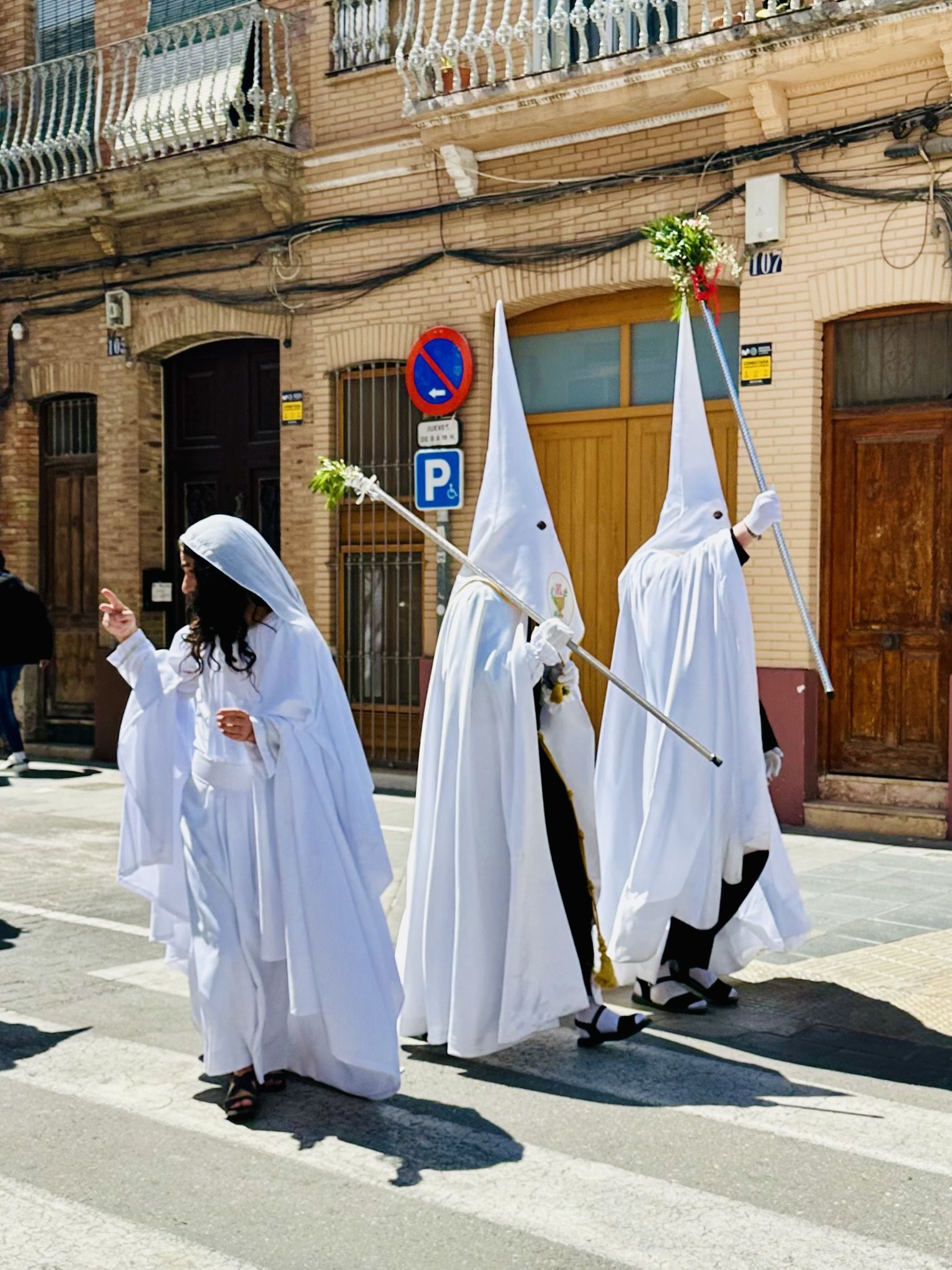



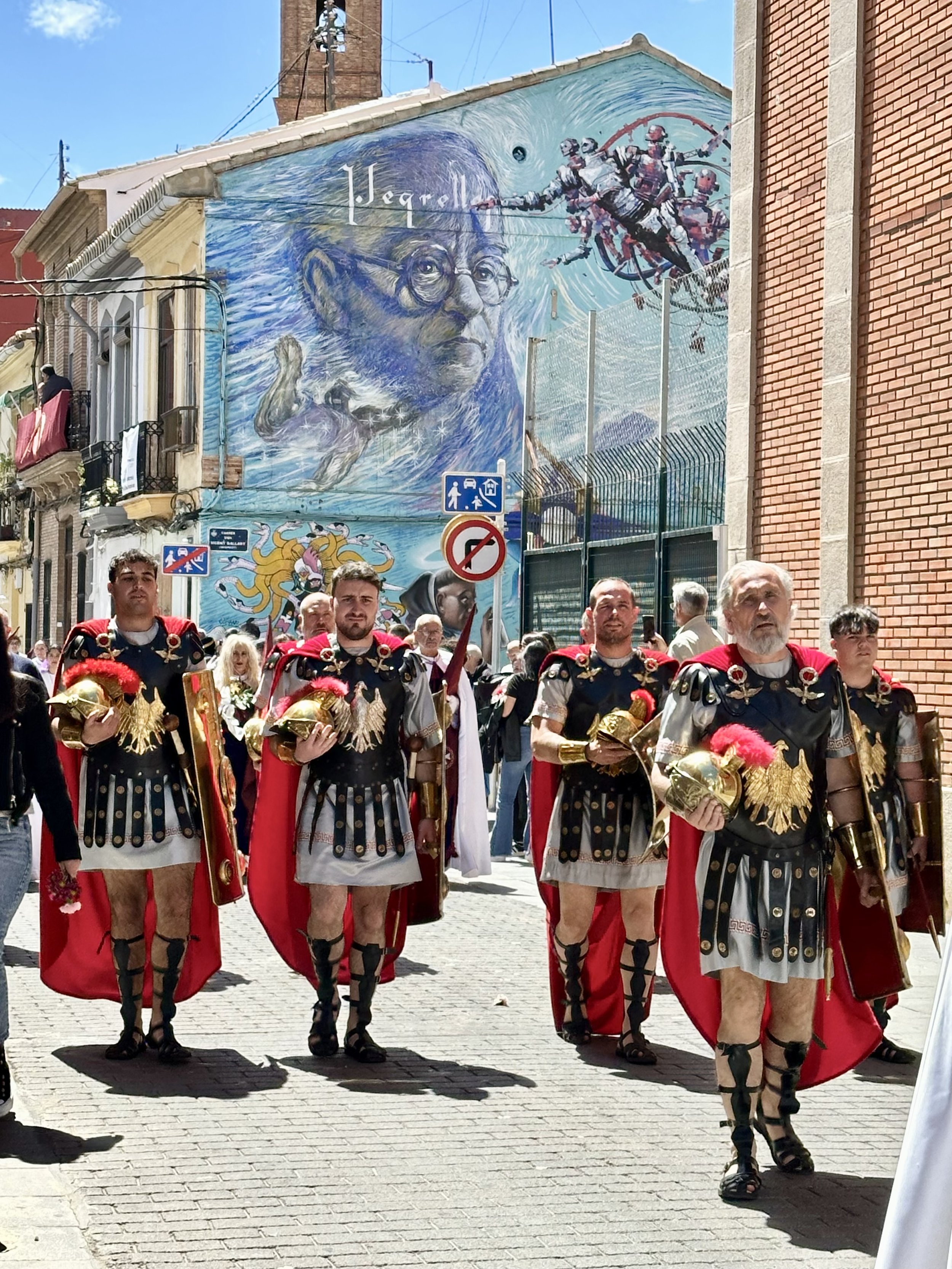

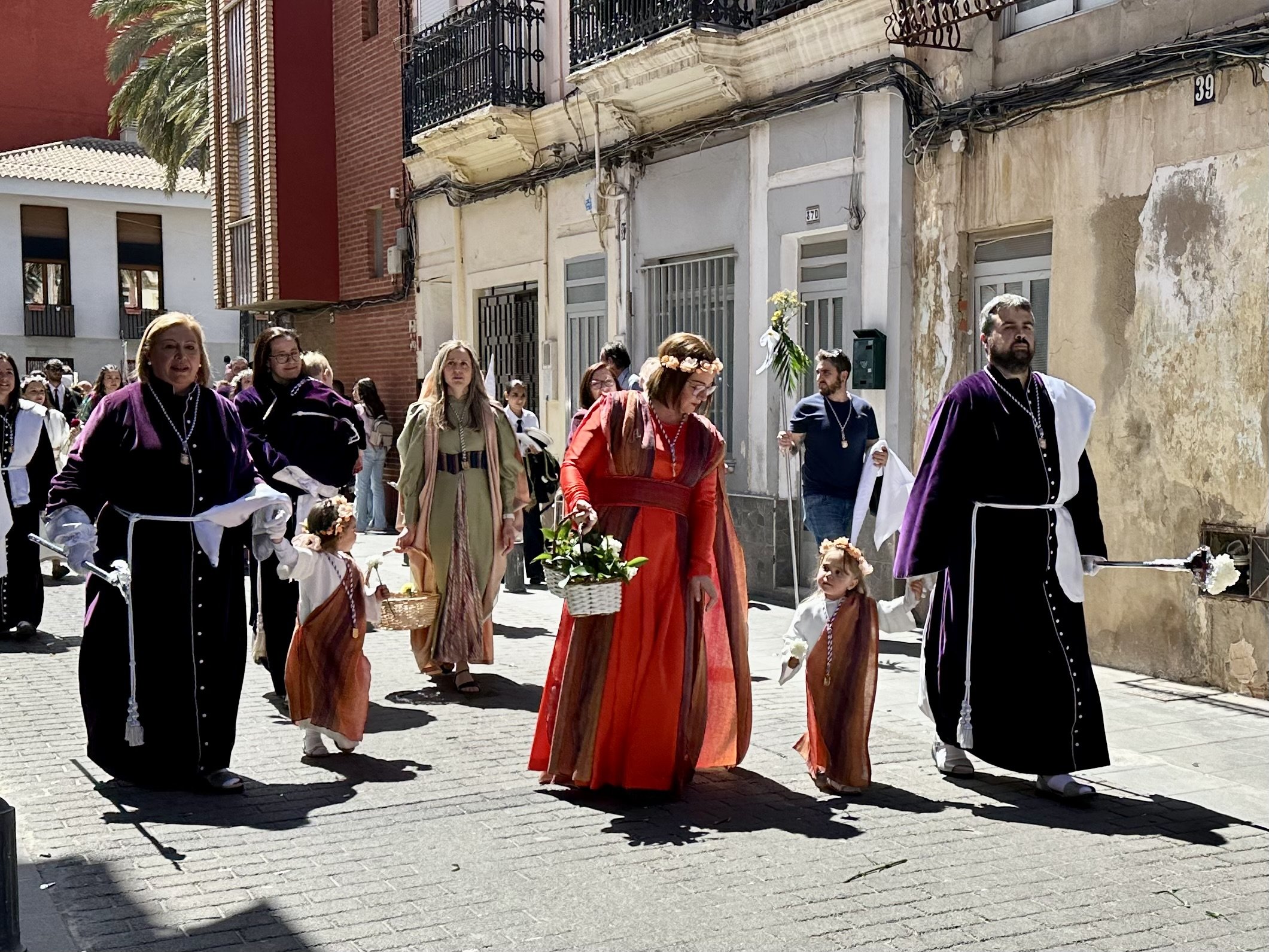
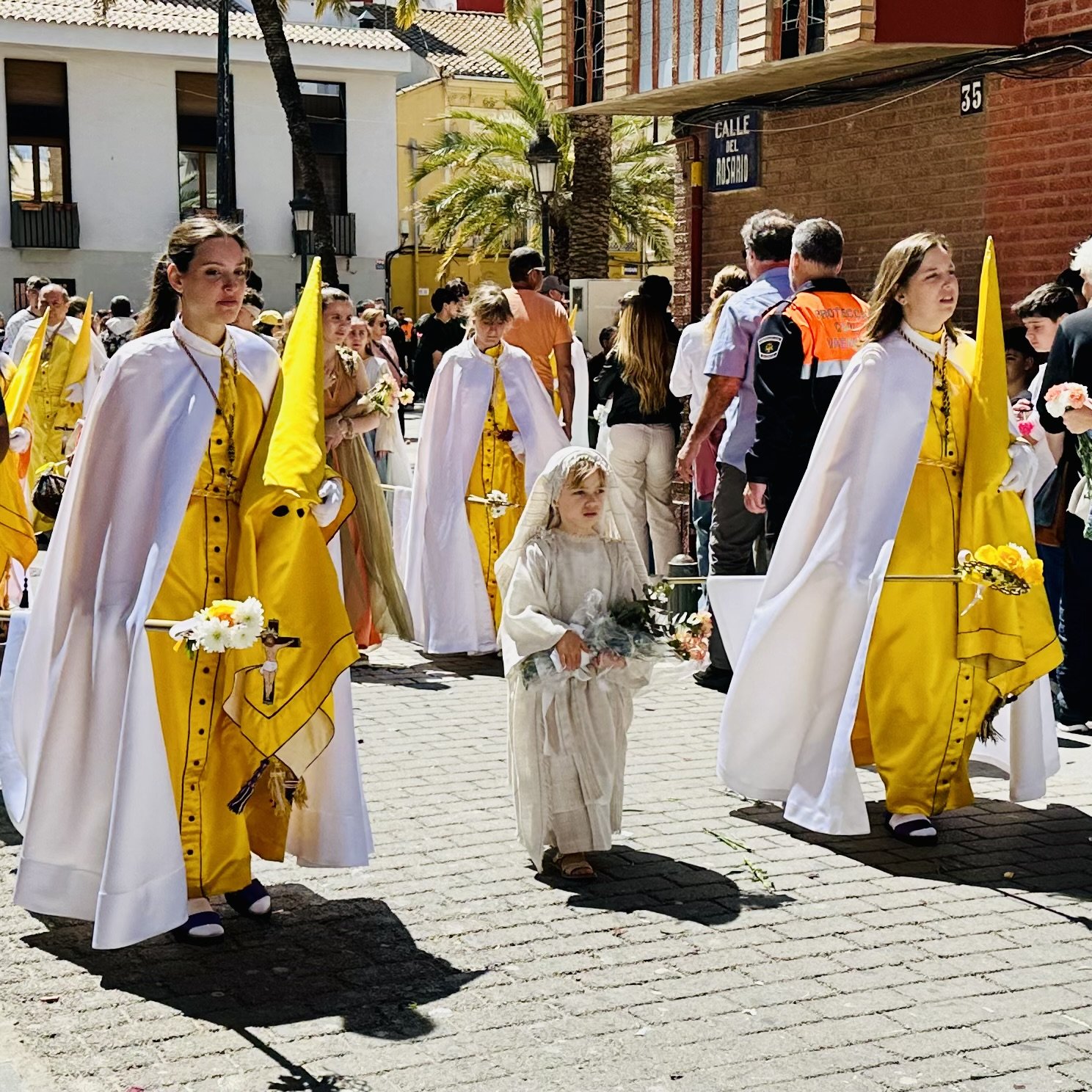
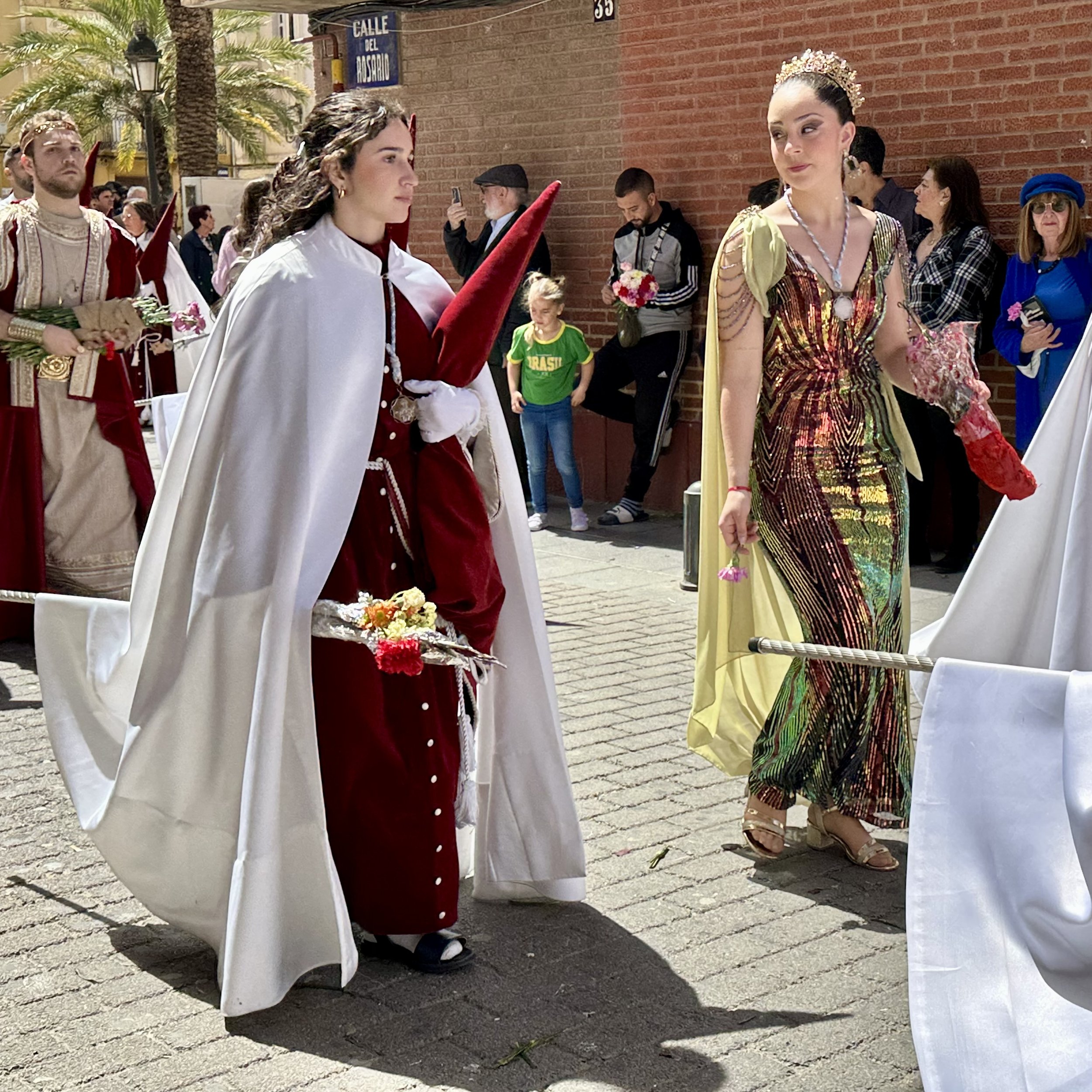
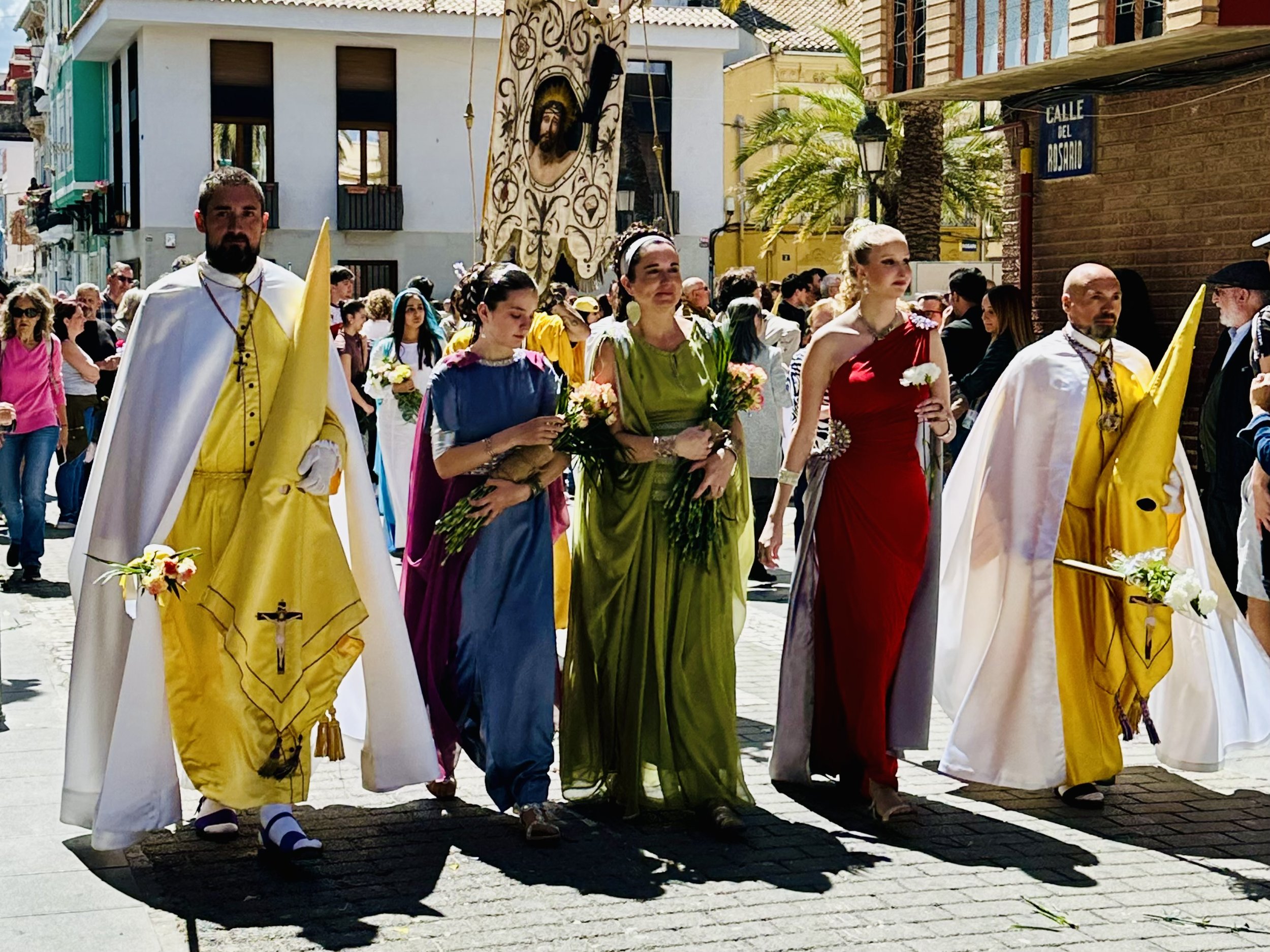
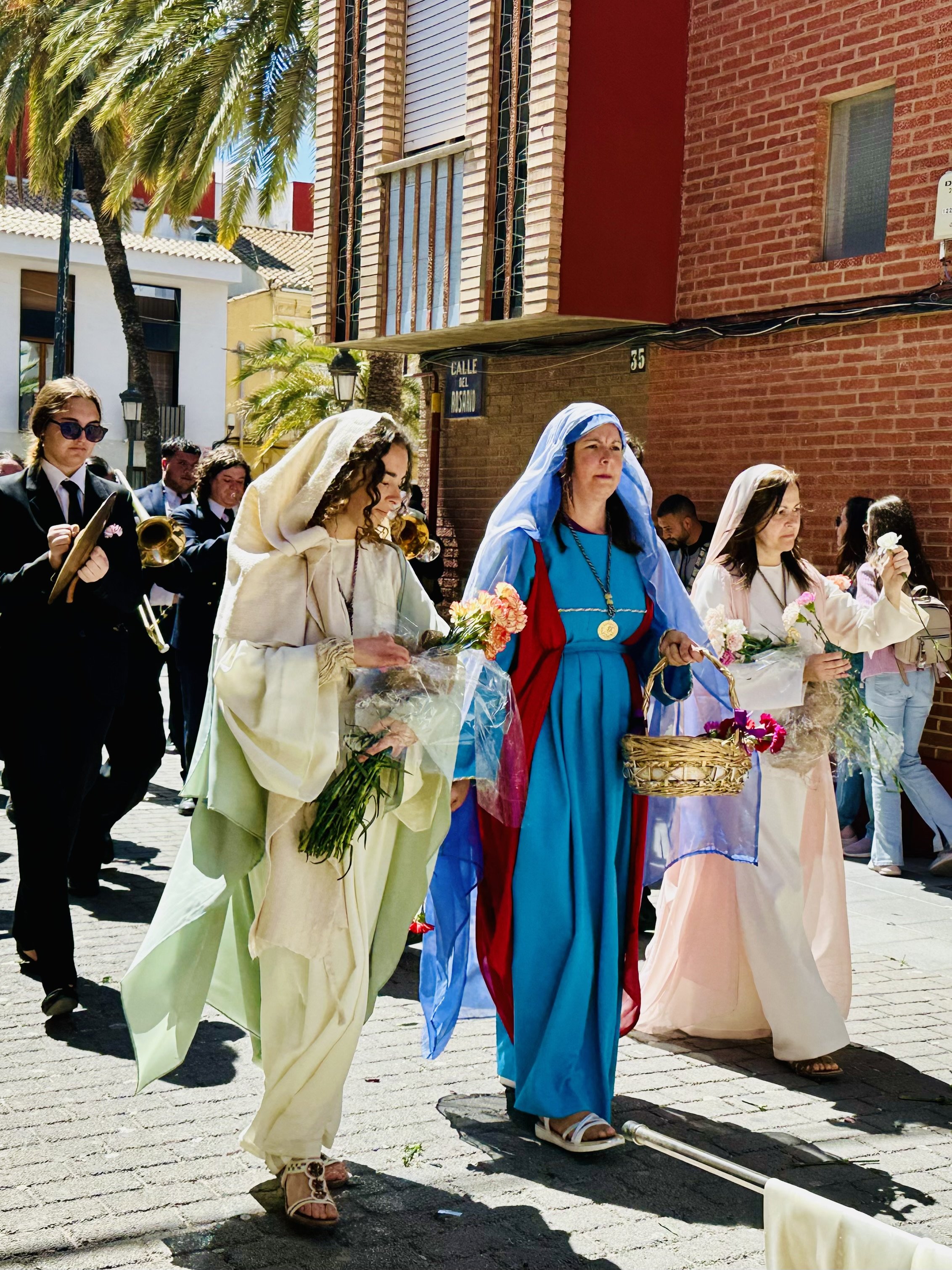
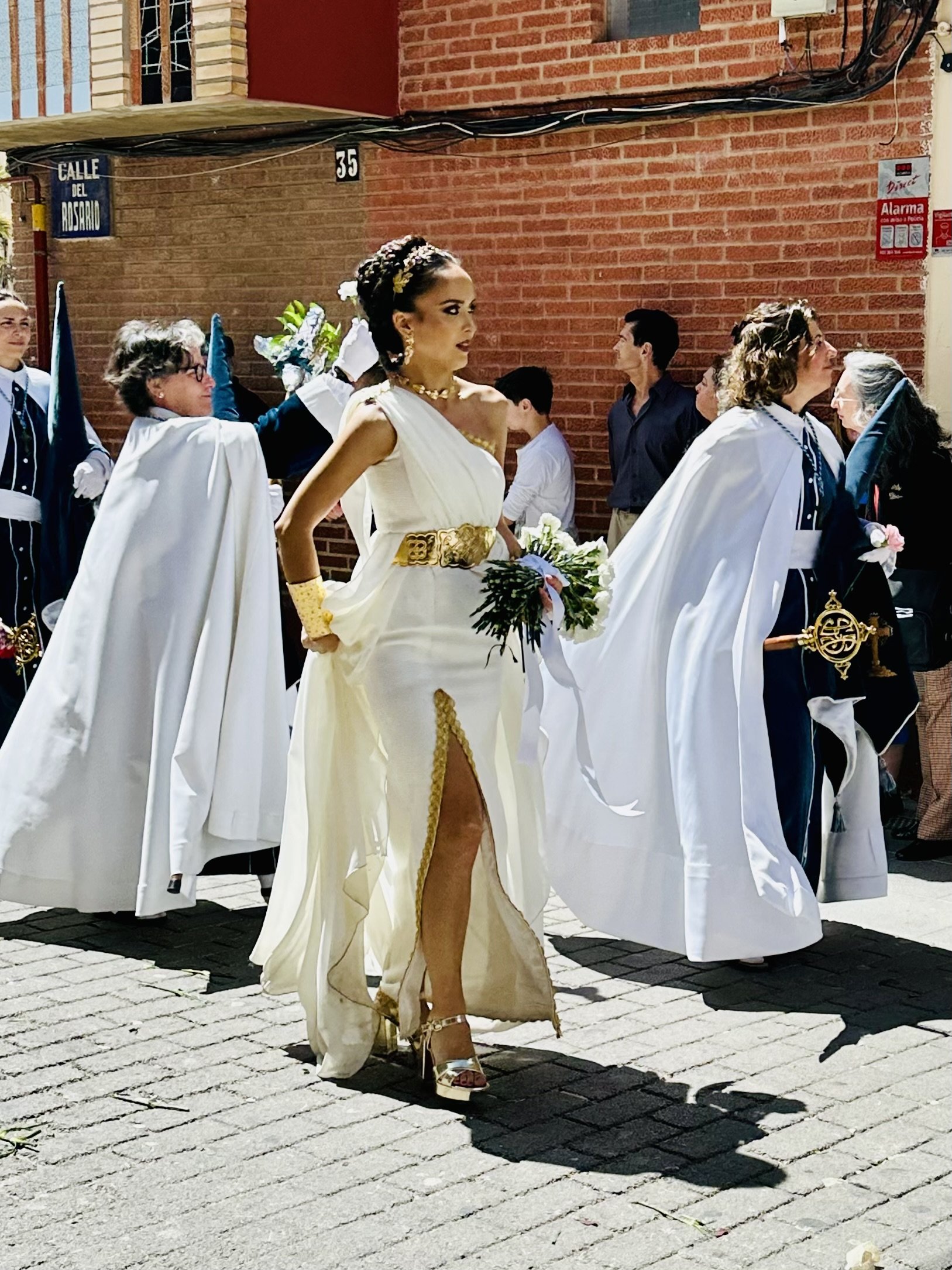
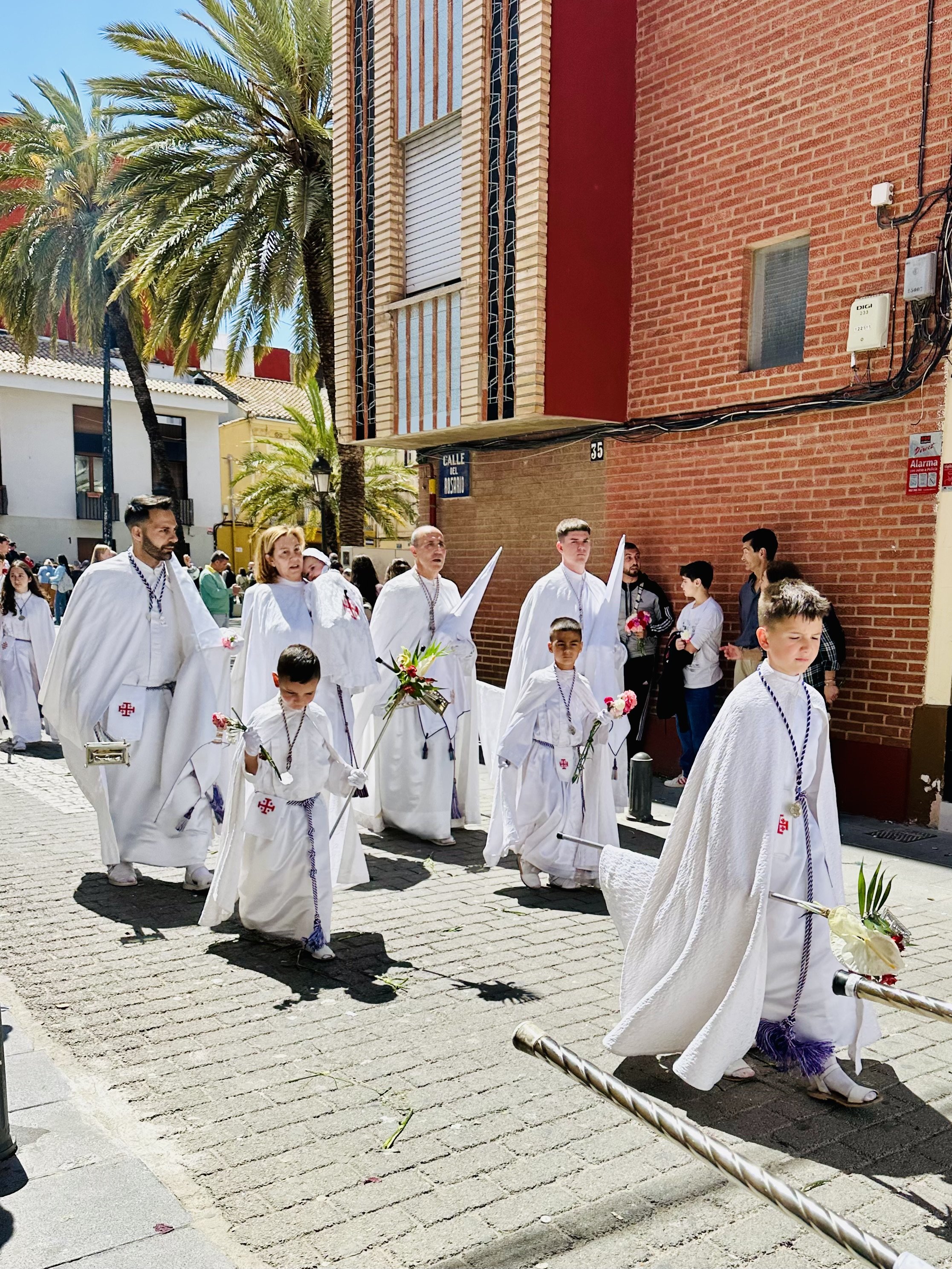

After the parade, we walked to the beach and along the Paseo Marítimo de Valencia, a beautiful double promenade paved with granite and lined with majestic palm trees. Beyond the white sand, the Mediterranean Sea’s distinctive deep blue-green was surprisingly far away - it was a very wide beach! The northern stretch of beach had free-standing restaurants and volleyball courts. The southern part had a bustling strip of restaurants, ending at the marina. It was lovely to be at the seaside enjoying the warm sun and Mediterranean breezes on a special Easter Sunday in Valencia.
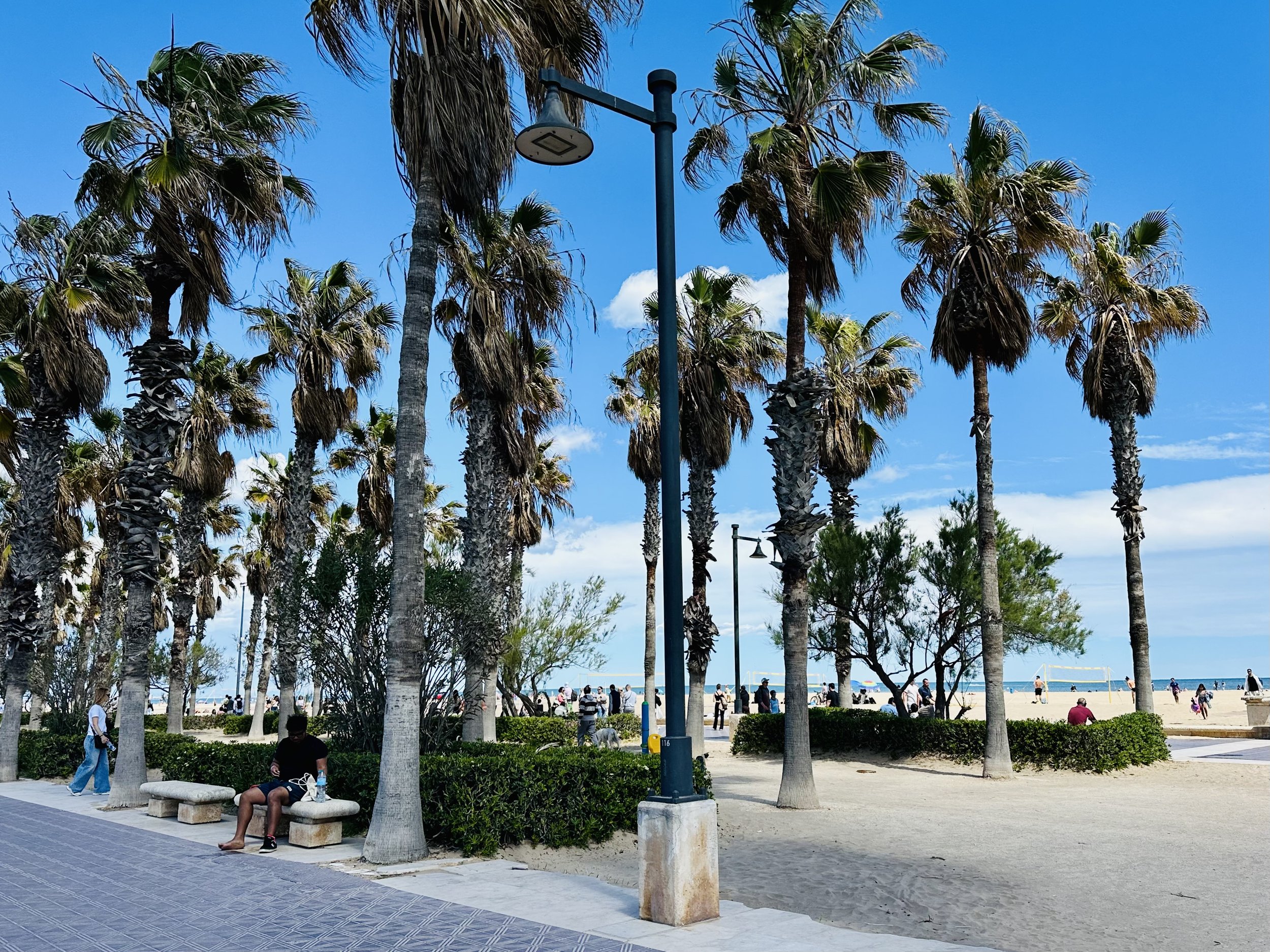
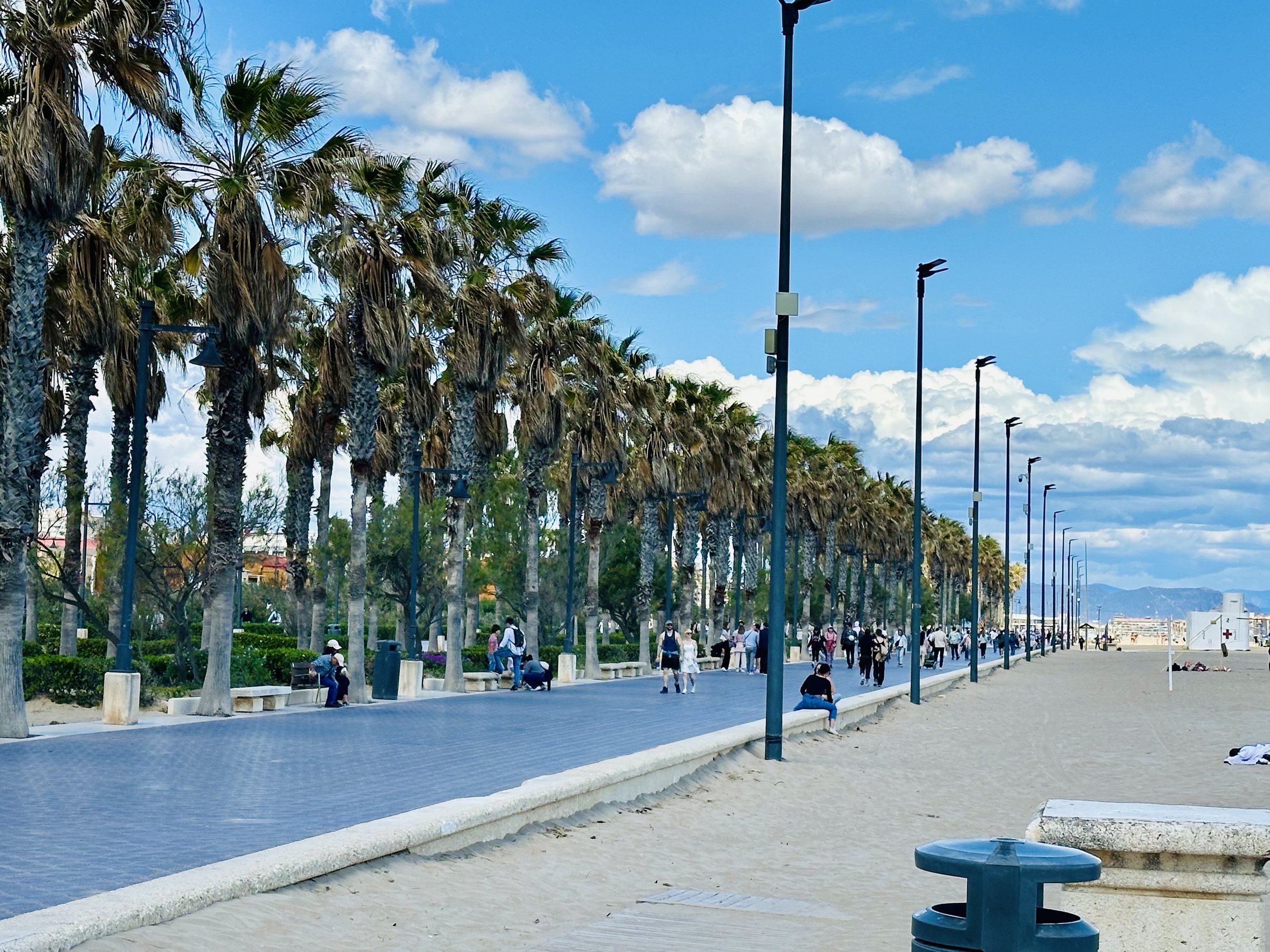
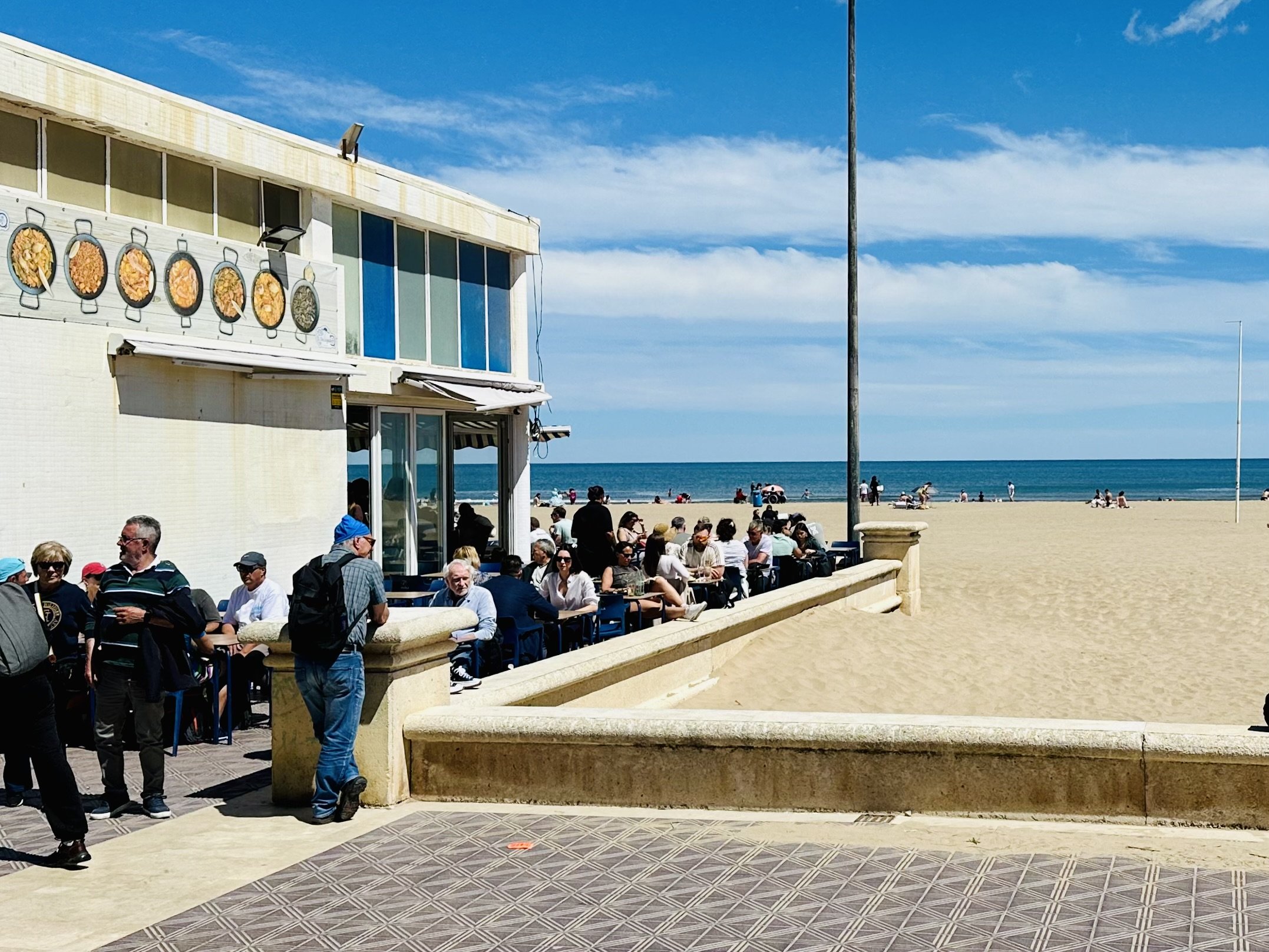
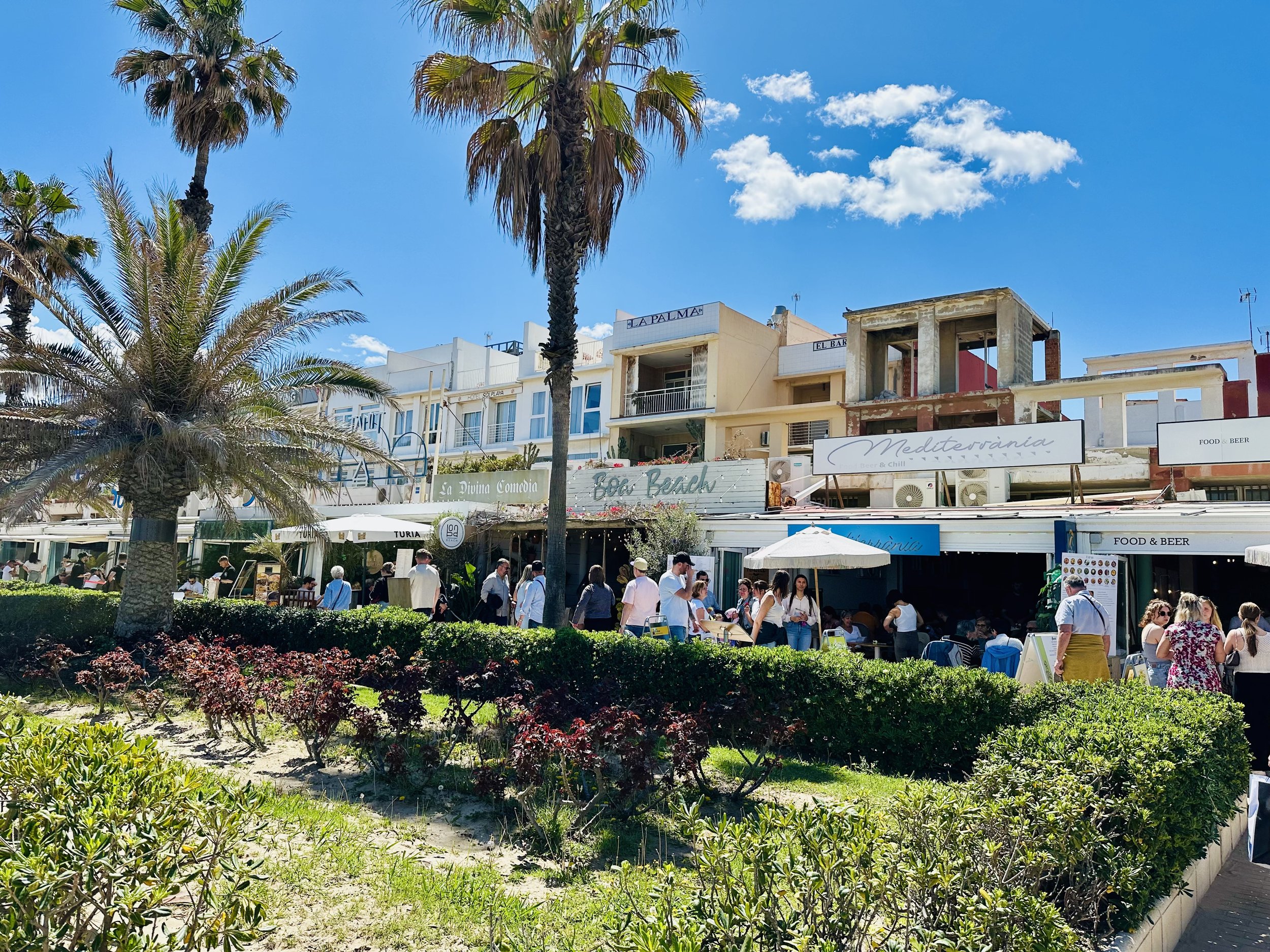
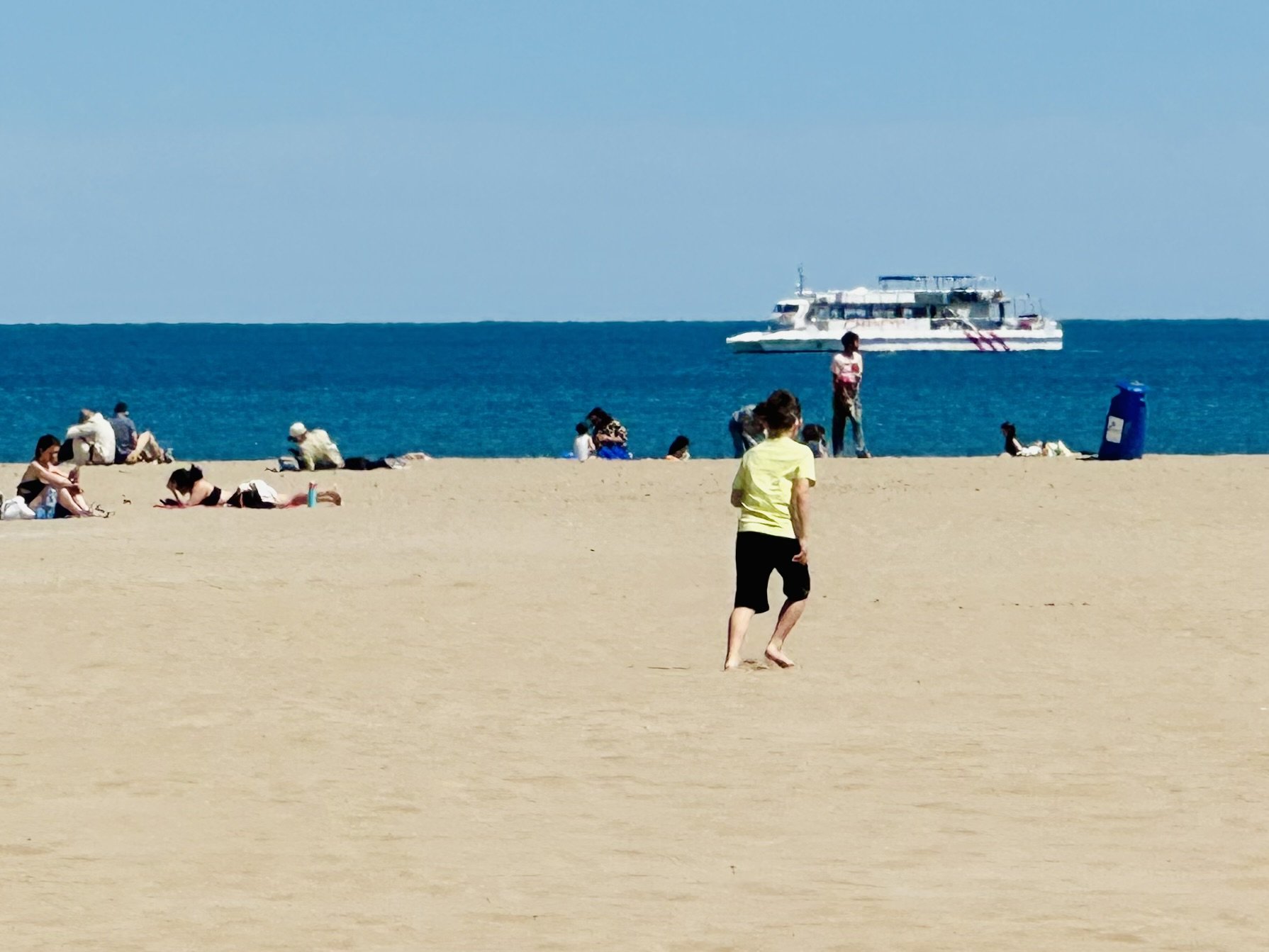
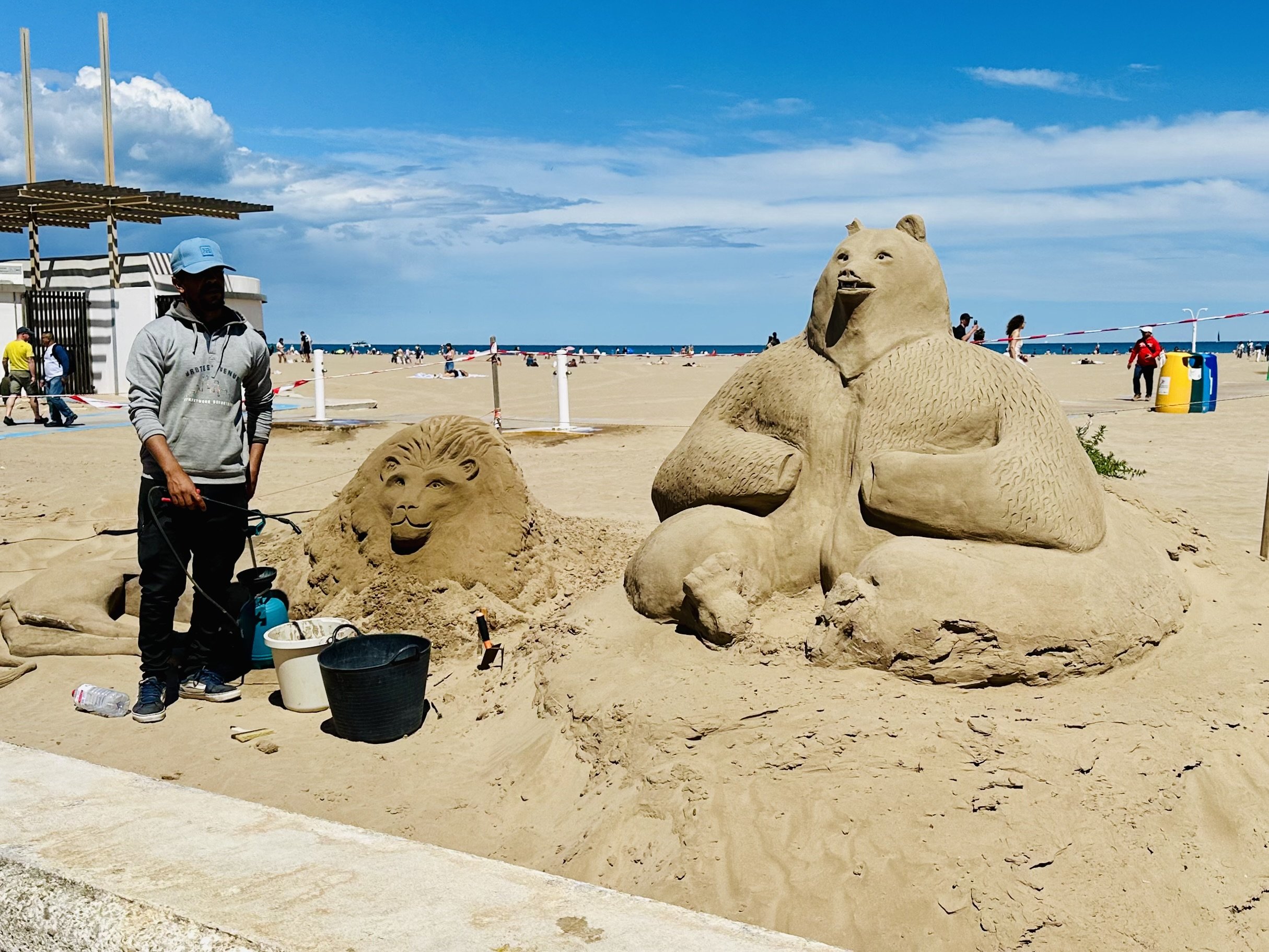
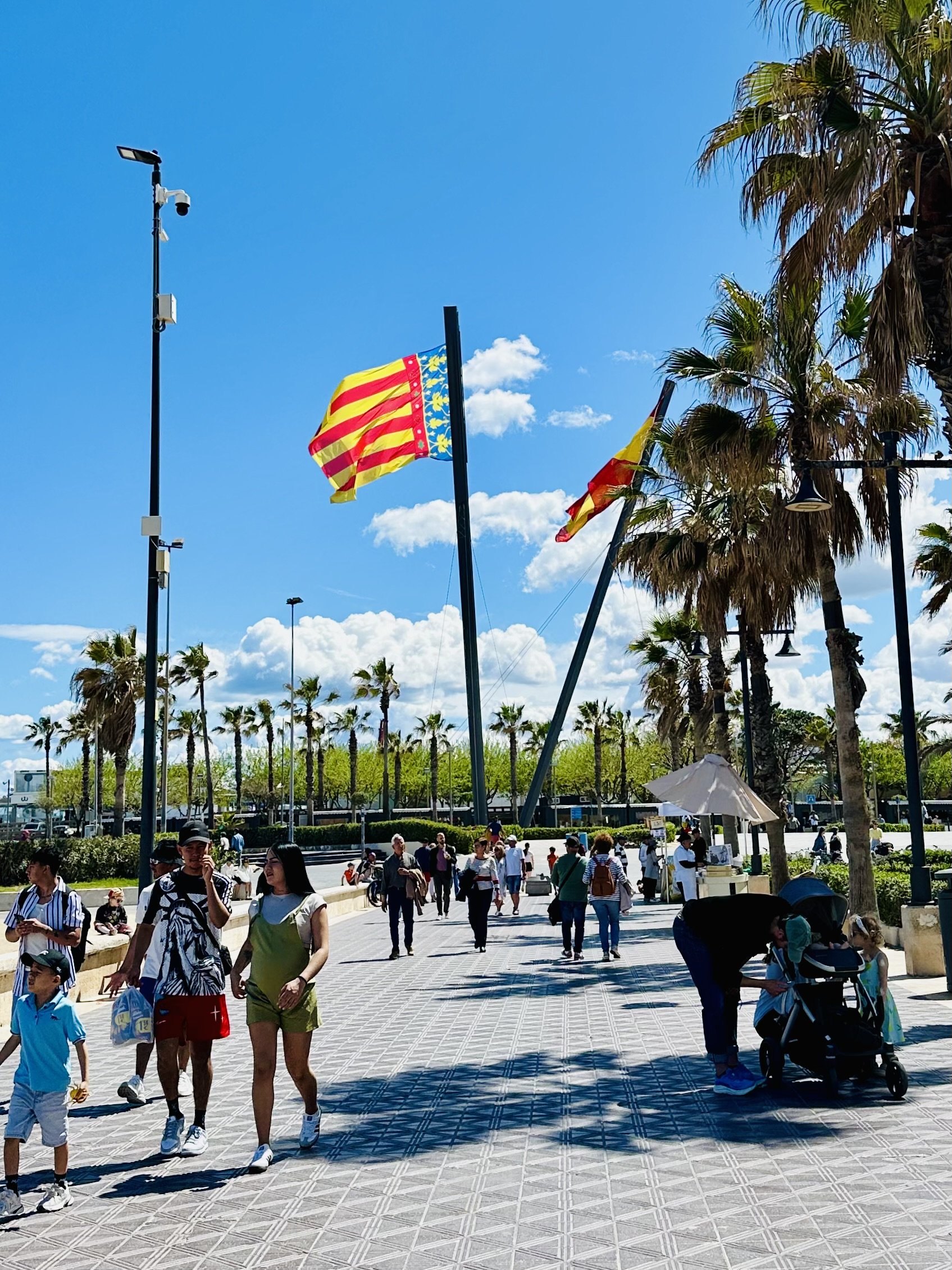

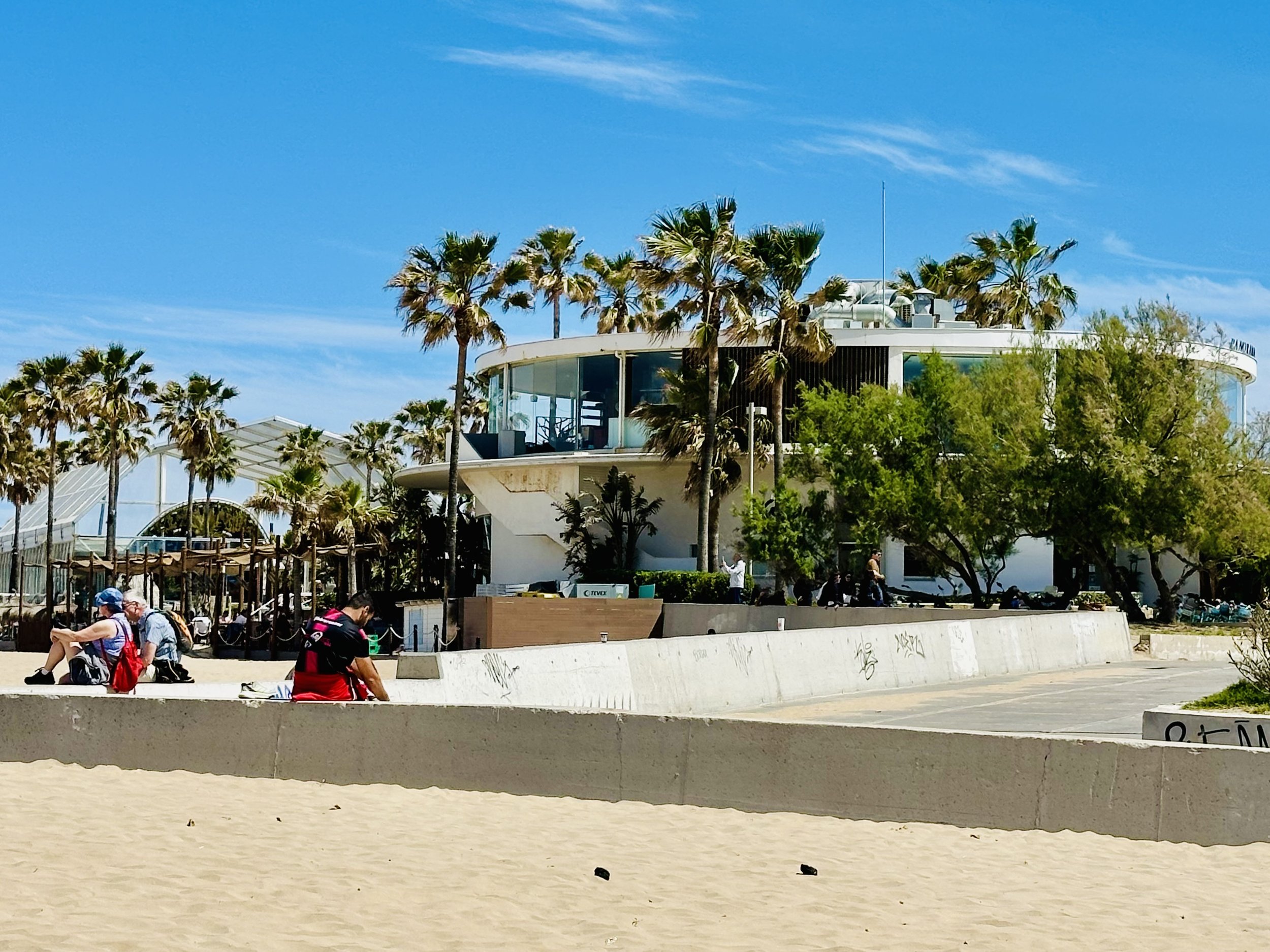
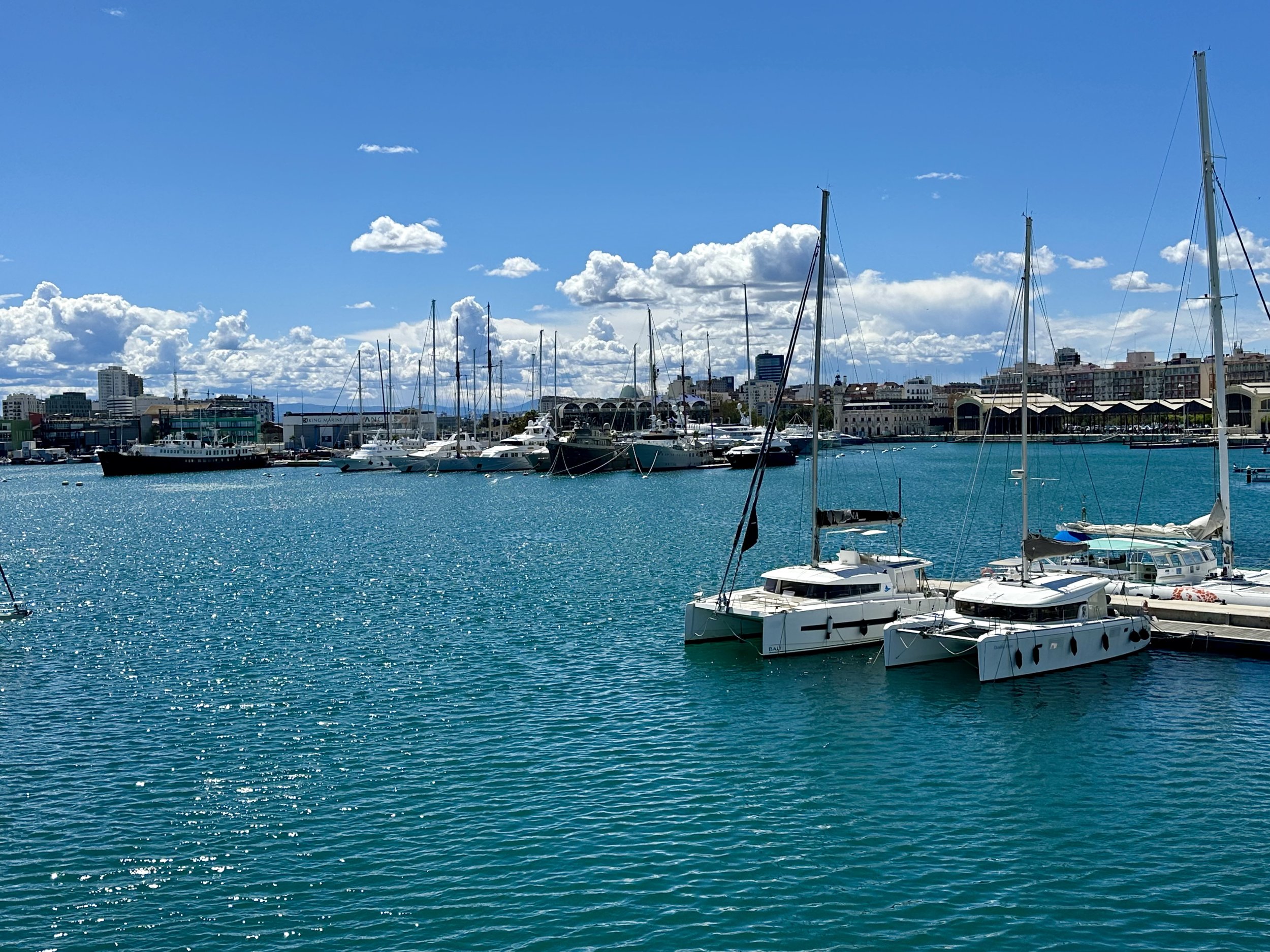

Thoughts
Why is Semana Santa such a big deal here? The fishing communities of Valencia have long held a special connection with their Catholic religion. Sailors and fisherman sought protection and guidance, family members prayed for the safety of their loved ones at sea, and communities came together to seek blessings and remember those that had been lost. The Semana Santa Marinera observances and processions evolved as expressions of collective faith and tradition.
Good Friday was on April 18, and Valencia had just celebrated The Fallas festival March 1-19. I imagine many people were still recovering from the delirium of parades, pyrotechnics, and bonfires of the Fallas when it came time for the silent, solemn processions of Good Friday. I guess Valencians are accustomed to rapidly switching gears every Spring.